New! Listen to an AI generated podcast summary and discussion of this article . . . Author’s note: If you are not familiar with the preceding part(s) of this article, my suggestion is to first read Part 1, which contains…
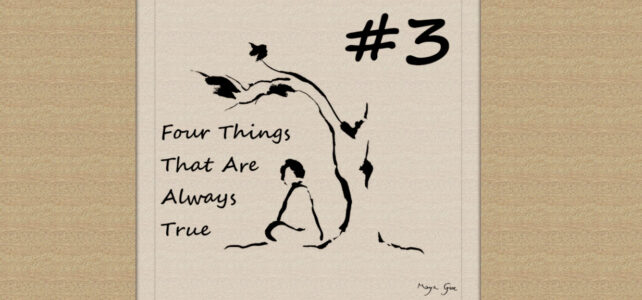
Champaign Urbana Taiji Qigong

New! Listen to an AI generated podcast summary and discussion of this article . . . Author’s note: If you are not familiar with the preceding part(s) of this article, my suggestion is to first read Part 1, which contains…
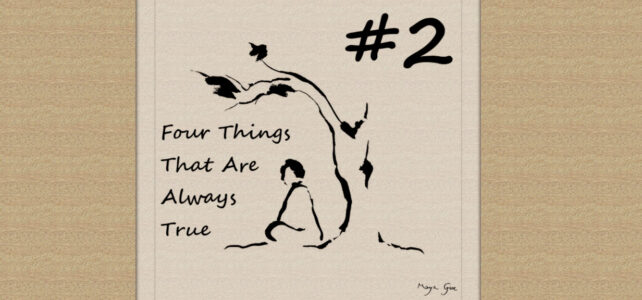
New! Listen to an AI generated podcast summary and discussion of this article . . . Author’s note: If you are not familiar with the preceding part(s) of this article, my suggestion is to first read Part 1, which contains…
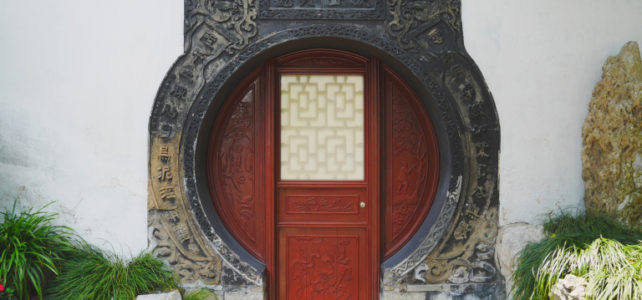
Part II of the introduction to the training series “Entering the Door: Understanding and Training the Learned Power of the Chinese Martial Arts.”

Part I of the introduction to the video series “Entering the Door: Understanding and Training the Learned Power of the Chinese Martial Arts.”
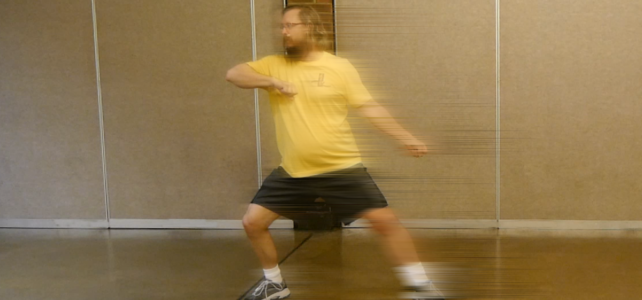
Should you practice taiji (tai chi) form at variable speeds? Should you practice “the other side?” Both are common questions with the same answer: yes, absolutely yes! But one must understand why and when to incorporate these variables for efficient…

My Experience in Learning Standing Meditation Standing meditation was not taught a great deal when I started taiji in the late 1980s. I learned from a great local teacher, and as this was pre-internet times, supplemented my learning by routinely…
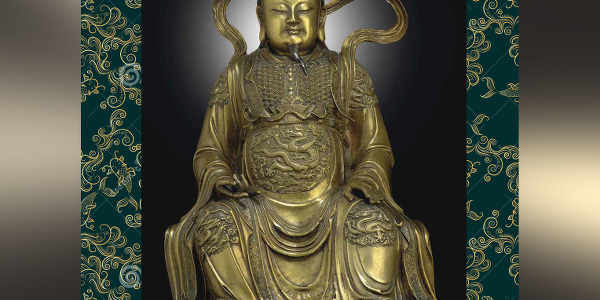
In recent blogs I have written a great deal about the physical mechanisms of taiji (tai chi) movement, internal power, and understanding martial application. Here I thought it worthwhile to return to the foundation (sitting meditation) of the foundation (qigong)…
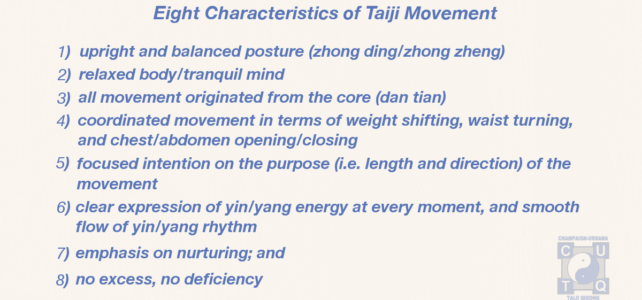
In Part I of our article “What’s the Difference?” I listed seven characteristics of taiji (tai chi) movement. Based on questions/comments received, I thought it worthwhile to expound a bit on each of these. The goal here was to make…
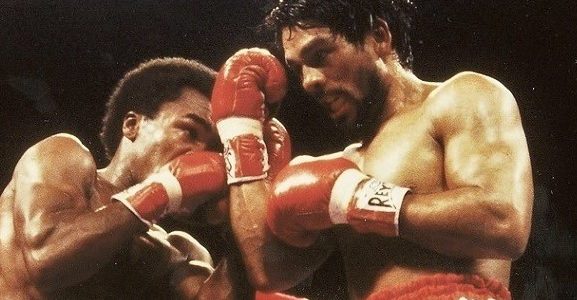
From a physical perspective, in taiji (tai chi) we are fundamentally training balance, flexibility, coordination, power, efficiency of force exertion, sensitivity/reaction, agility, and confidence. This is the gong of gongfu—without which technique is empty. All of these are, of course,…

So what makes taiji taiji? I mean, what is unique to taijiquan, what makes it different from anything else? My 30+ year journey through taiji has paralleled my spiritual journey (and certainly not coincidentally so, as daily meditation is a…
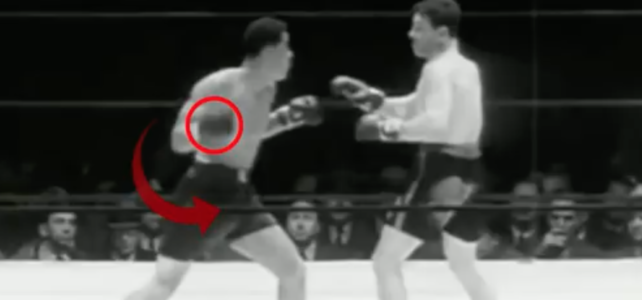
Background – Summary/Review of Internal Power As detailed in a previous two-part article series, internal power has two components – yin and yang aspects. The yang component is primarily core strength – learning to utilize core musculature to maximize power…
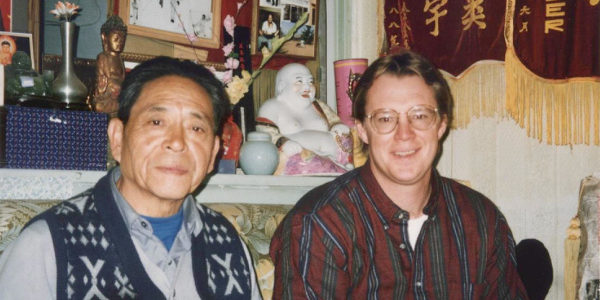
Only because I was Dr. Yang Yang’s student, I was fortunate to have the opportunity to travel to China on several occasions and to meet privately with his teacher, Grandmaster Feng Zhiqiang, at his apartment in Beijing. On my first…

Lessons from sport training Perhaps the most important thing learned from sports, and certainly my own experience in individual combat sports, is the importance of the mind. One must have the physical prowess to compete successfully at more advanced levels…
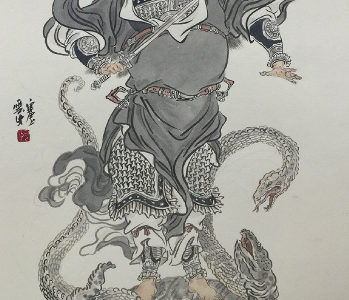
Having examined the mechanisms of internal force (nei jin) in the previous two-part blog entry, we can now take a look at the practice and strategies of taiji (tai chi) as a martial art. This post will be a broad-brush…
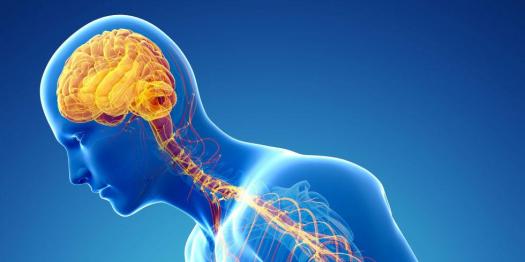
In Part I we examined the classical saying “power is released from the spine,” noting how flexion of the spine and core strength are integral mechanisms of “internal” power. This could be described as the “yang” of taiji (tai chi)…